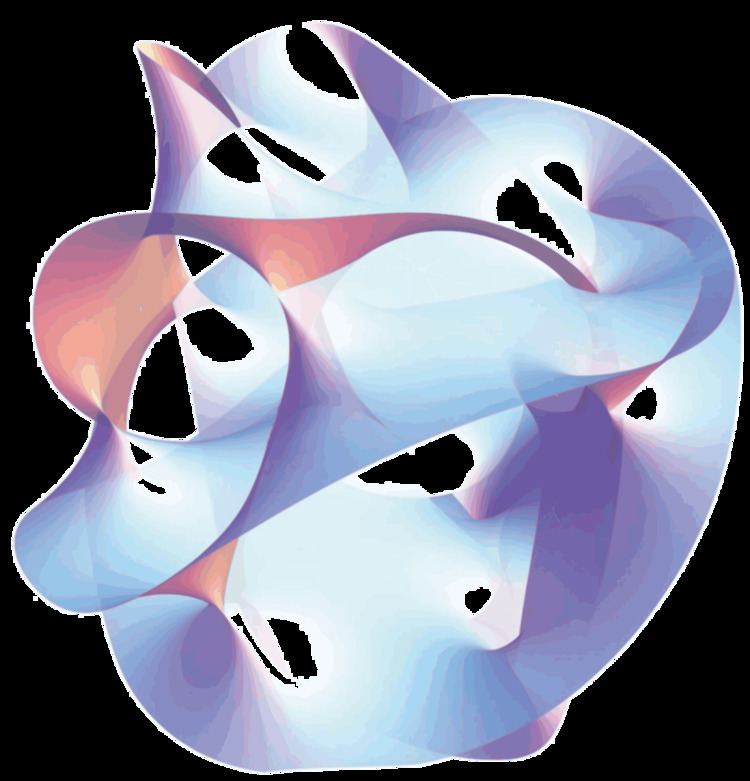 | ||
In theoretical physics, a dual resonance model arose during the early investigation (1968–1974) of string theory as an S-matrix theory of the strong interaction.
It was based upon the observation that the amplitudes for the s-channel scatterings matched exactly with the amplitudes for the t-channel scatterings among mesons and also the Regge trajectory. It began with the Euler beta function model of Gabriele Veneziano in 1968 for a 4-particle amplitude which has the property that it is explicitly s-t crossing symmetric, exhibits duality between the description in terms of Regge poles or of resonances, and provides a closed-form solution to non-linear finite-energy sum rules relating s- and t- channels.
The Veneziano formula was quickly generalized to an equally consistent N-particle amplitude for which, in chronological order Yoichiro Nambu (1968), Holger Bech Nielsen (1969), and Leonard Susskind (1969), provided a physical interpretation in terms of an infinite number of simple harmonic oscillators describing the motion of an extended one-dimensional string, hence came the name "string theory."
The study of dual resonance models was very popular from 1968 to 1974. It was even taught briefly as a graduate level course at MIT, by Fubini and Veneziano, who co-authored an early article. It fell rapidly out of favor around 1974 mainly because it was superseded by quantum chromodynamics as the accepted theory of strong interactions.
